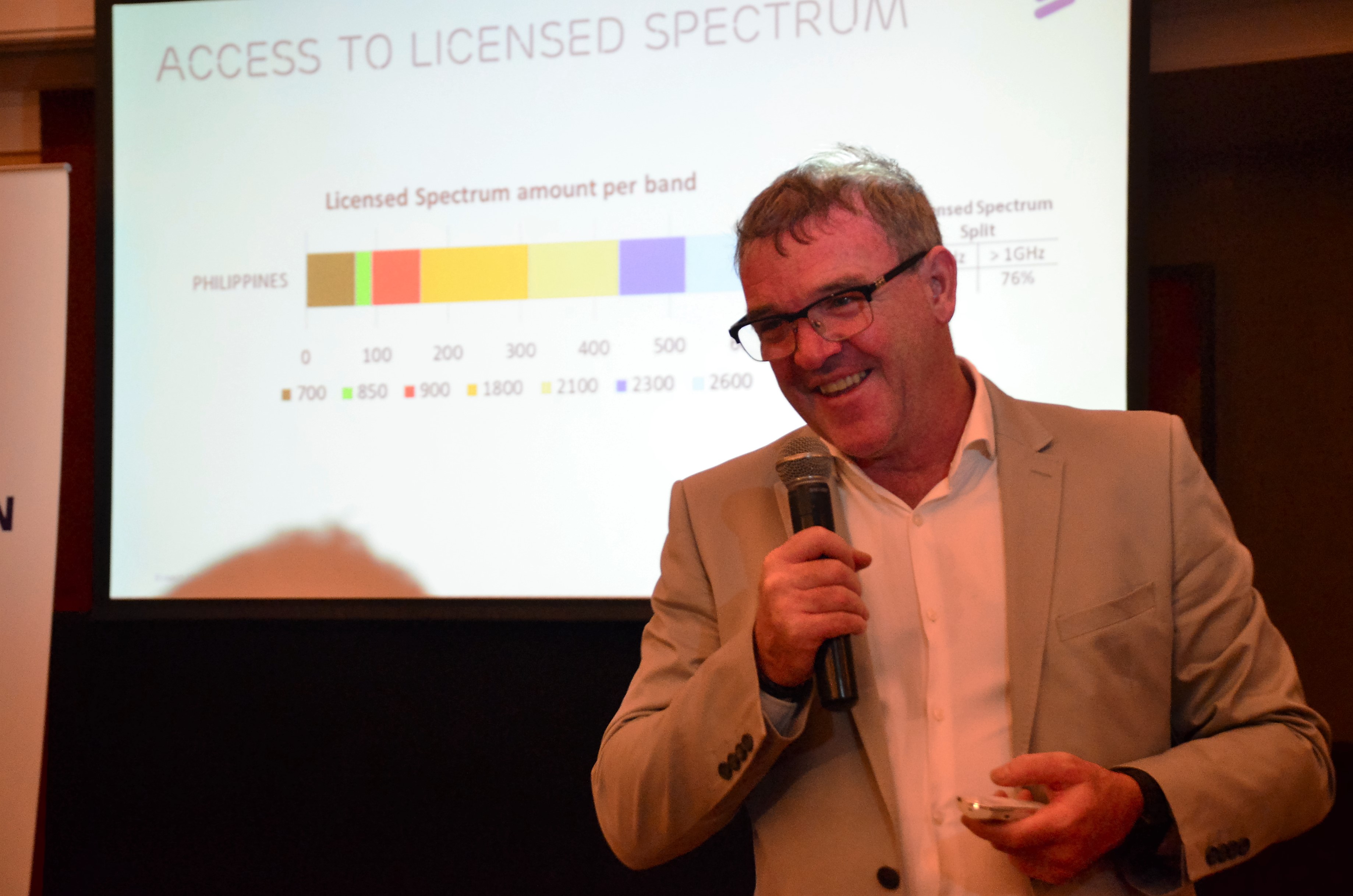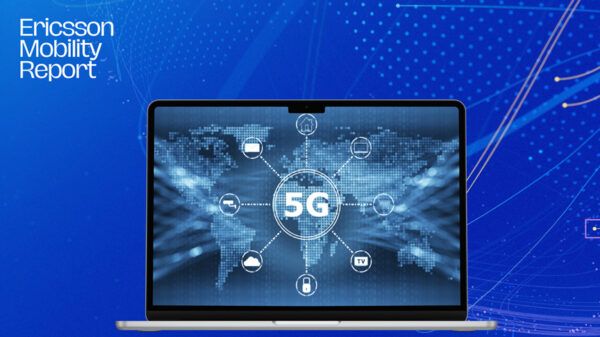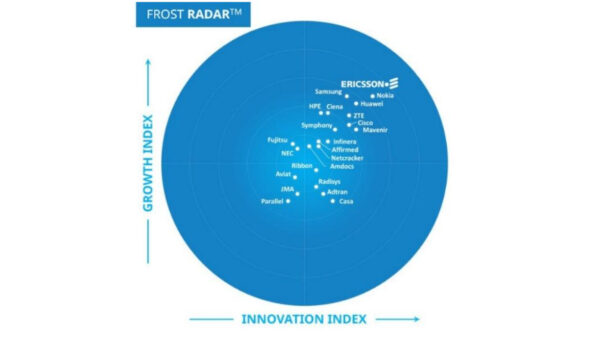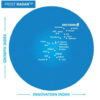Mobile video traffic is increasingly dominating the mobile data traffic since 2012 and it is expected to grow at a compound annual growth rate (CAGR) of around 55% between 2015 and 2021, according to the latest edition of the Ericsson Mobility Report.
The study also shows that video is a dominant traffic in all devices with shares as follows: tablet – 55%; smartphone – 43%, and mobile PC – 41%.
This growing demand for video across mobile devices and challenges facing content providers are driving the need for the deployment of better and faster systems of content delivery to support growing network demands in the future.
In an interview with Upgrademag.com, Sean Gowran, President and Country Manager at Ericsson Philippines and Pacific Islands, claims they are embarking on an effort to bring technologies together into a universal cache that can deliver content more efficiently and provides seamless video experiences for users across mobile devices.
“I think we are working on a global federation for content delivery – the Universal Delivery Network (UDN) technology,” said Gowran. “We’re building federation between operators existing globally towards having much content locally.”
Gowran explained that in this technology, we don’t need to download video from the source. Whether the source is from the US, Australia or in Europe, we can download it from local companies. “We’re building this UDN globally together with our operations here.”
Gowran points out that the key for video delivery is we don’t have to download from the source, we can download it more on the local levels.
“Going forward, we will see a lot of data will be cached globally right on the site. That’s what we will do in going forward – a lot more caching, a lot more storage,” said Gowran.
Mobile data traffic, including video, will still continue to balloon as the availability of mobile broadband and mobile devices, particularly smartphones, continue to expand in the Philippines. Brought about by the affordability of smartphones and other devices and the improvement in broadband coverage, hikes in smartphone subscription and data growth will continue.
Smartphone and mobile broadband subscriptions
Smartphone subscription in the Philippines will more than double from close to 40-million in 2015 to around 90-million in 2021 while mobile broadband subscription penetration, which reached almost 50% in 2015, is estimated to increase by more than 120% by 2021. Mobile subscription penetration likewise will grow close to 130% by 2021, from 115% in 2015.
Another favorable finding of the study is that local LTE subscription over total mobile subscription in the Philippines is projected to reach close to 70% in 2021 after posting 5% at the end of 2015.
Apart from the affordability of smartphones and broadband coverage improvements, Gowran also attributed the growth of mobile broadband to the youth segment of the market which is more likely viewing online videos, using social networking and instant messaging apps on a daily basis.
In the Philippines, two out of 10 smartphone users are using social networking, instant messaging and online videos on a daily basis. The most popular smartphone apps being accessed by users include Facebook, Facebook Messenger, YouTube, Google Chrome, and Google.
Fixed broadband subscriptions
On the other hand, although the rise in the country’s fixed broadband subscription penetration is not that significant as that of mobile broadband subscription penetration, it is however, expected to grow by almost 20% in 2021, from over 10% in 2015.
Comparing the country’s average data traffic per user for March 2016 and March 2015, the growth in mobile broadband was close to 30% while for Wi-Fi, it is 60%. With the tremendous growth in Wi-Fi, Gowran recommends that service providers consider including Wi-Fi in their overall strategy.
Outlook for Internet of Things
The report also indicates that the Internet of Things (IoT) is expected to surpass mobile phones as the largest category of connected devices in 2018 as more devices, than people, will be connected.
The number of IoT connected devices between 2015 and 2021 is expected to increase by 23% annually, with cellular IoT projecting to post the highest growth rate of 27%. With an estimated 28-billion devices that will be connected by 2021, close to 16-billion of these are IoT devices.
“IoT is now accelerating as device costs fall and innovative applications emerge,” said Gowran. “From 2020, commercial deployment of 5G networks will provide additional capabilities that are critical for IoT, such as network slicing and the capacity to connect exponentially more devices than is possible today.”




















































































































